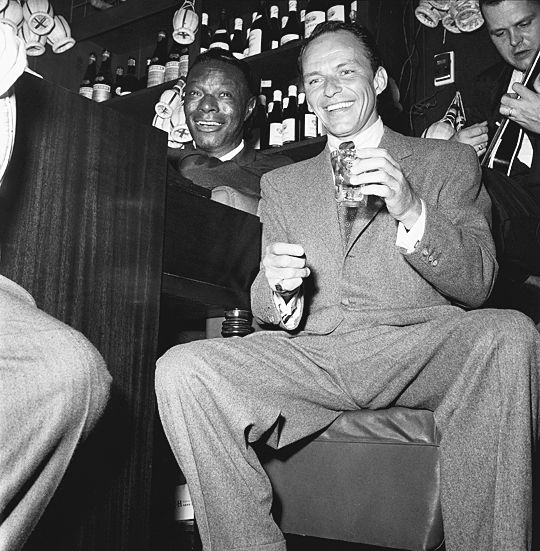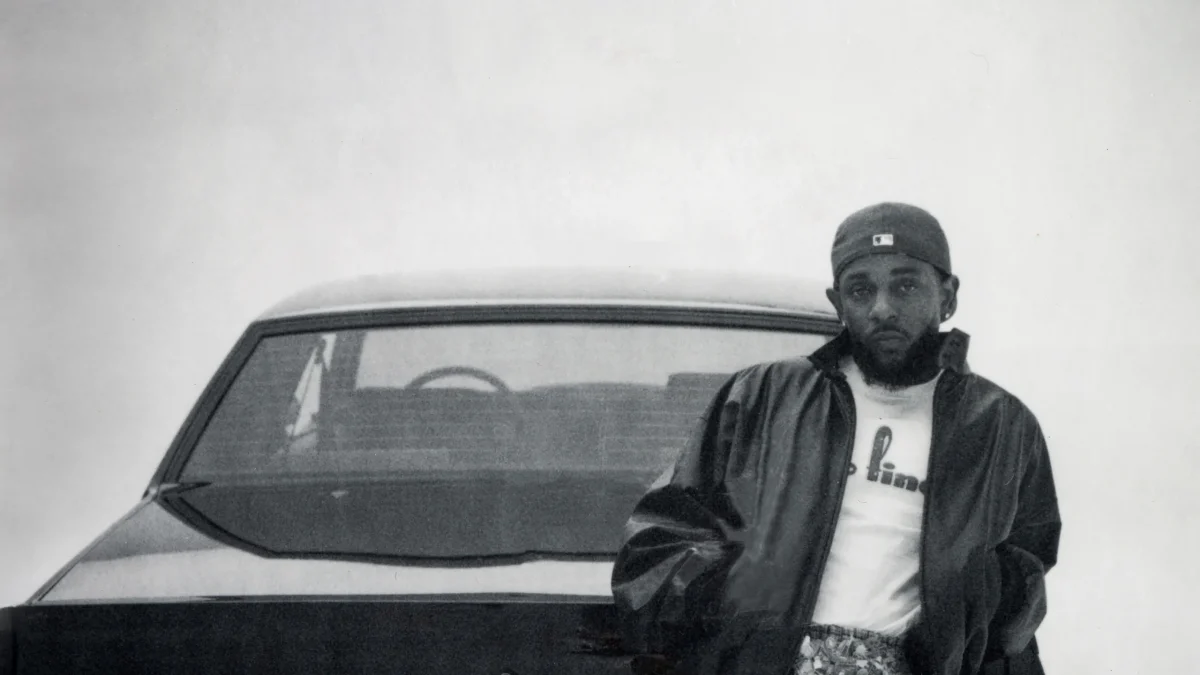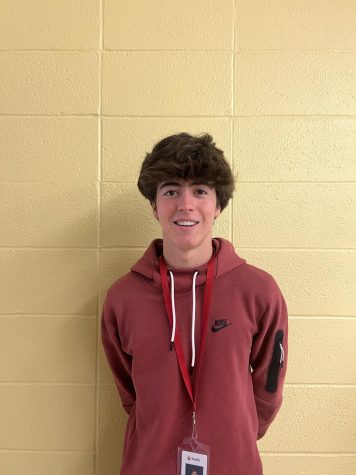
Frank Sinatra, Nat King Cole, Ella Fitzgerald, Dean Martin, Louis Armstrong, Chet Baker, Sammy Davis Jr., Bobby Darin, Tony Bennett, Count Basie, Billie Holiday, and Duke Ellington. These jazz legends, which include some of the most prominent artists of the twentieth century, all carried the movement of the genre on their backs during their lifetimes and all have unfortunately passed away. Since their deaths, the popularity of jazz music has gradually dwindled, further and further nearing its complete obsolescence. In the current industry of music, dominated by vast genres such as pop, rap, and country music, jazz stands as merely an ant, just waiting to be lightly plucked away by the other, more prevalent, music listened to today.
Louis Armstrong, jazz trumpeter and vocalist, once said, “If you have to ask what jazz is, you’ll never know.” Jazz music, which reached its height in the 1920s, otherwise known as the Jazz Age, was played primarily in speakeasies, or illegal saloons, especially during the Prohibition era in the United States. It was an underground realm of pleasure and animation. For artists, jazz was a form of dynamic improvisation, playing whatever note that occurred in their minds—just as long as it was in the key of what they were playing. For listeners, it was a way in which they could either relax, at the end of a long, stressful day, or bring out their inner liveliness, as they, alongside a heavy consumption of alcohol, vigorously sang and danced to the beat. Furthermore, jazz music was a particularly effective method for African American artists in the twentieth century to freely express themselves, particularly in the Harlem Renaissance, which was a revival and celebration of American American culture in Harlem, New York City. Artists, such as the aforementioned Louis Armstrong, utilized jazz music to gain the prominence and prosperity that they ambitiously sought but which was difficult for them to attain against contemporary racism and segregation.
Ever since renowned jazz musicians like Armstrong and Fitzgerald passed away, starting from the last quarter of the twentieth century, however, the popularity of the music genre has severely diminished, as it now stands as one of the least listened-to types of music, along with classical music. According to a report by the Harvard Business School, “along with classical, [jazz] represented just 1.3 percent of total US music consumption.” Even worse, classical album sales were slightly higher than jazz sales in 2014, which officially put “Jazz at the bottom of the barrel,” as stated by JazzLineNews. With this dwindling revenue, the few jazz artists that remain today are finding it even harder for them to earn a living and—to overall continue holding the last remnants of the industry. Furthermore, speculators often discuss when jazz music started exactly to decrease in consumption and popularity; many of them agree that it was around the 1960s, when “Rock had pushed jazz off the mainstage. [And] by then, jazz leaders knew they were losing their audience,” according to CNN Entertainment. Even with the launches of vast music streaming platforms, such as Spotify, Apple Music, and Pandora, earlier this century, there were, nevertheless, very slight increases in the streaming of jazz music, indicating that the majority of its listenership is of an older age that is slow to adapt to newer technologies.
As a young individual, of only 17 years, knowing someone else who is my age and also likes to listen to jazz music is very rare nowadays. Most of my friends, classmates, teammates, and overall generation prefer listening to rap, pop, or country music, with their favorite artists being big names such as Drake, Taylor Swift, and Morgan Wallen. While I also like to listen to these artists and these kinds of music, I have found that none of them soothes me on a rainy Sunday afternoon, or a late night doing homework, or a walk on a warm summer evening, as jazz. For me, the elegant piano beat, accompanied by the smooth and stirring saxophone melody, reminds me of a classier age, an age of fancy tuxedos, shiny-lacquered cars, black and white screens, and people going out to simply have a good time and relax. Although I never lived through this era, I look back at it with a particular fondness that makes me wish I was able to experience it. I hope that people won’t forget about this important period in our country, and while I do know that this is a big ask, if you’re ever bored or doing homework or simply want to try something new, throw on some jazz. I would recommend starting with a song by Ella Fitzgerald.












































































































































